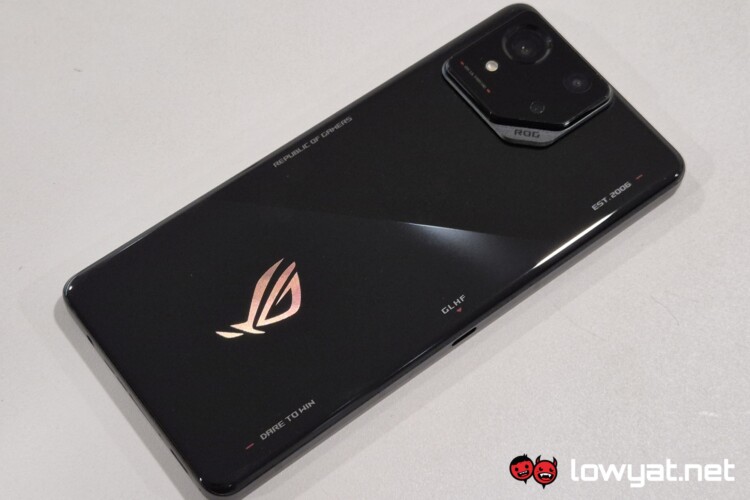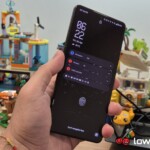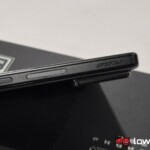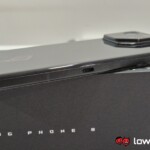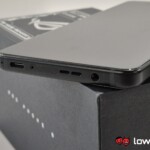When the ASUS ROG Phone 8 was first revealed, it felt like a piece of the world of smartphones was lost. The phone series with its unashamedly aggressive gamer aesthetic had adopted a more subdued design language. As a result, the company’s actual mainstream device, the Zenfone 11 Ultra, looks like basically the same phone, with very minor differences between the two.
And yet, this may be the best thing to have happened to the series of gamer phones. Because as much as the ASUS ROG Phone 8 may have lost its distinct look, it didn’t actually lose much on the gaming performance side of things. In fact, one can argue the series may have gained more than it lost in its embracing of the mainstream look.
Of course, it’s not all sunshine and rainbows, as if you have niche enough needs for your tech toys, you’ll run into some unexpected problems.
Specifications
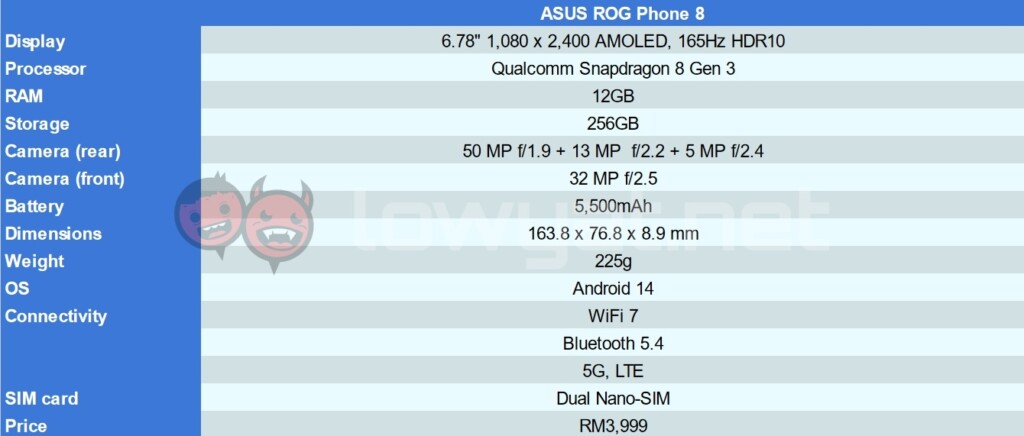
In terms of sheer specs, there’s nothing much that’s separating your average flagship phone from a gaming one. The chipset is top-of-the-line, so a Qualcomm Snapdragon 8 Gen 3 in this case, with this being probably the most important upgrade every year. Most of everything else looks very similar to ROG Phone 7, with very minor adjustments here and there.
Of course, this does mean that some of these are downward adjustments. One example is the battery. While it keeps the 65W charging rate, the capacity is down to 5,500mAh which, depending on your usage, may or may not be substantial. The HDR10+ support on the prior generation’s screen is now HDR10. And finally, the base model of the ASUS ROG Phone 8 only gets 256GB of storage.
Looks & Functionality
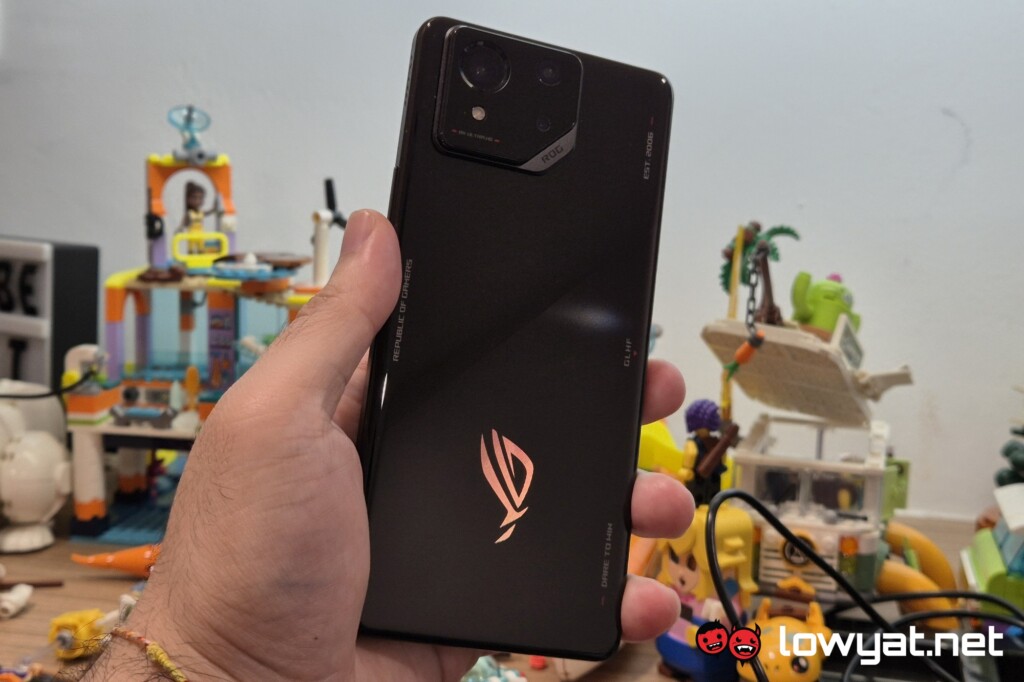
As mentioned earlier, the ASUS ROG Phone 8 has ditched the aggressive gamer aesthetic for a more subdued, mainstream look. In fact, the only remnant of of its gaming identity that is still out in the open is the ROG branding, serving as its RGB conduit. But considering that the ROG Phone 7 looked less aggressive than the ROG Phone 6, it may be an ongoing trend.
Another major loss suffered by the ASUS ROG Phone 8 in its image change is the front-facing stereo speakers. With the phone going down the bezel-less route, you now find the bottom-firing speaker sitting in between the 3.5mm audio jack and the USB-C port. On the flip side, elements of its gaming identity that remains intact are the dual USB-C ports, and the AirTriggers that sit on the right side of the phone.
Even the camera island on the ASUS ROG Phone 8 looks relatively contained compared to prior iterations. Granted, there’s still an unnecessary two-step elevation, and one of the sensors definitely looks larger than the other two. Compared to the Zenfone 11 Ultra though, this is one of the few differences between them, minus the extra lighting effects at the back, obviously.
Performance & Battery
Like with the ROG Phone 7, ASUS bundles the ROG Phone 8 Pro Edition, the highest-spec variant, with the new generation cooler accessory, this time called the AeroActive Cooler X. Our review model, not being that edition, doesn’t come with it, so with that in mind, I don’t have another set of the synthetic benchmark figures with the accessory attached to show.
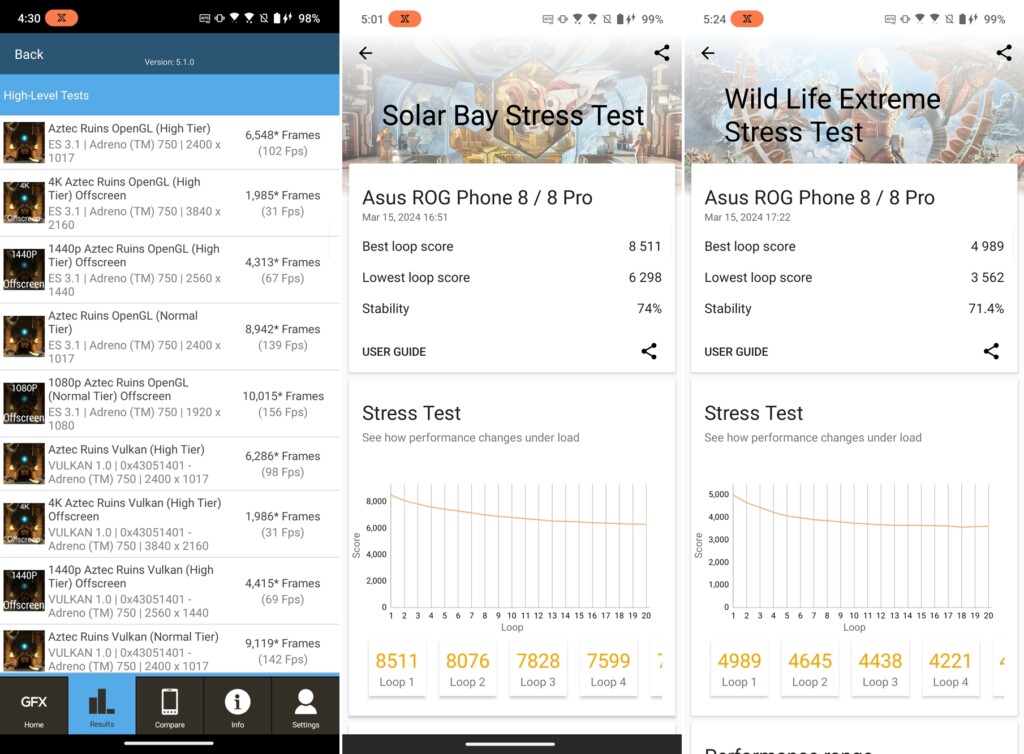
That being the case, being armed with the Qualcomm Snapdragon 8 Gen 3, the ASUS ROG Phone 8 has the performance figures to match. It’s mostly the same story while gaming, with Monster Hunter Now and Yu-Gi-Oh! Master Duel being the games used as part of the testing process. The games run buttery smooth, though it does run a tad warm with the latter game.
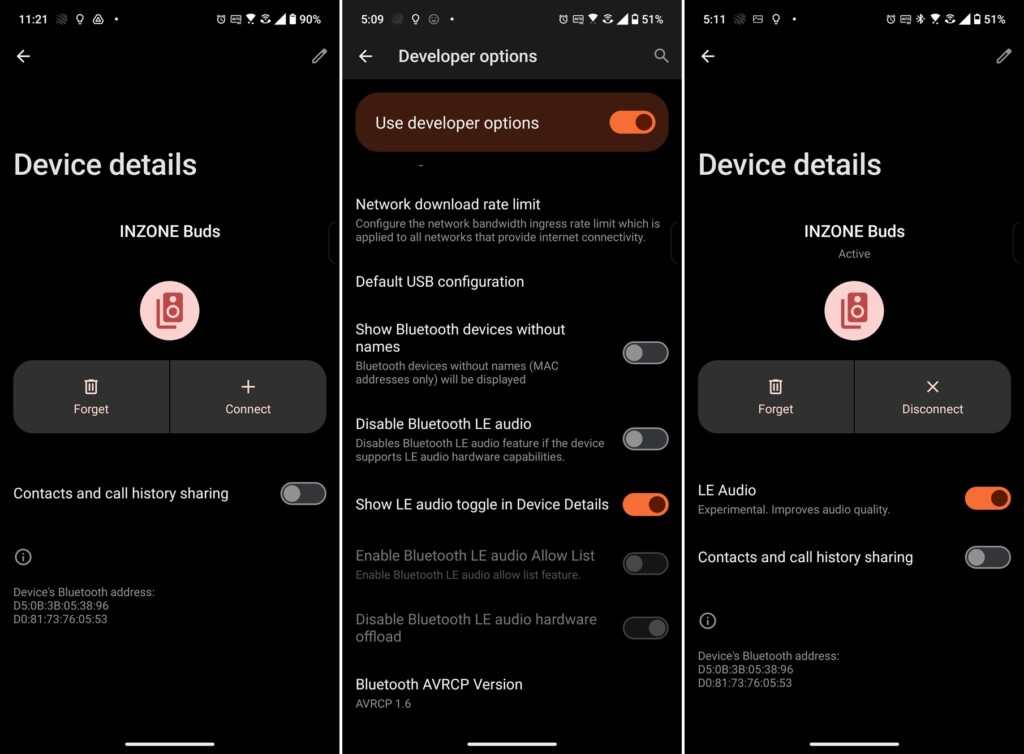
With the results of both the synthetic and real-world performance tests, it’s probably no surprise that it works well in your everyday use. Though I did run into a very specific hiccup involving Bluetooth LE. Despite running Bluetooth 5.4, and supporting LE tech, there’s oddly no way to toggle it without toggling developer options, which is a tad strange. Not a major issue for the most part, unless you’re using specifically the Sony Inzone Buds, which only connect via Bluetooth LE, which was quite the unexpected headache with the ASUS ROG Phone 8.
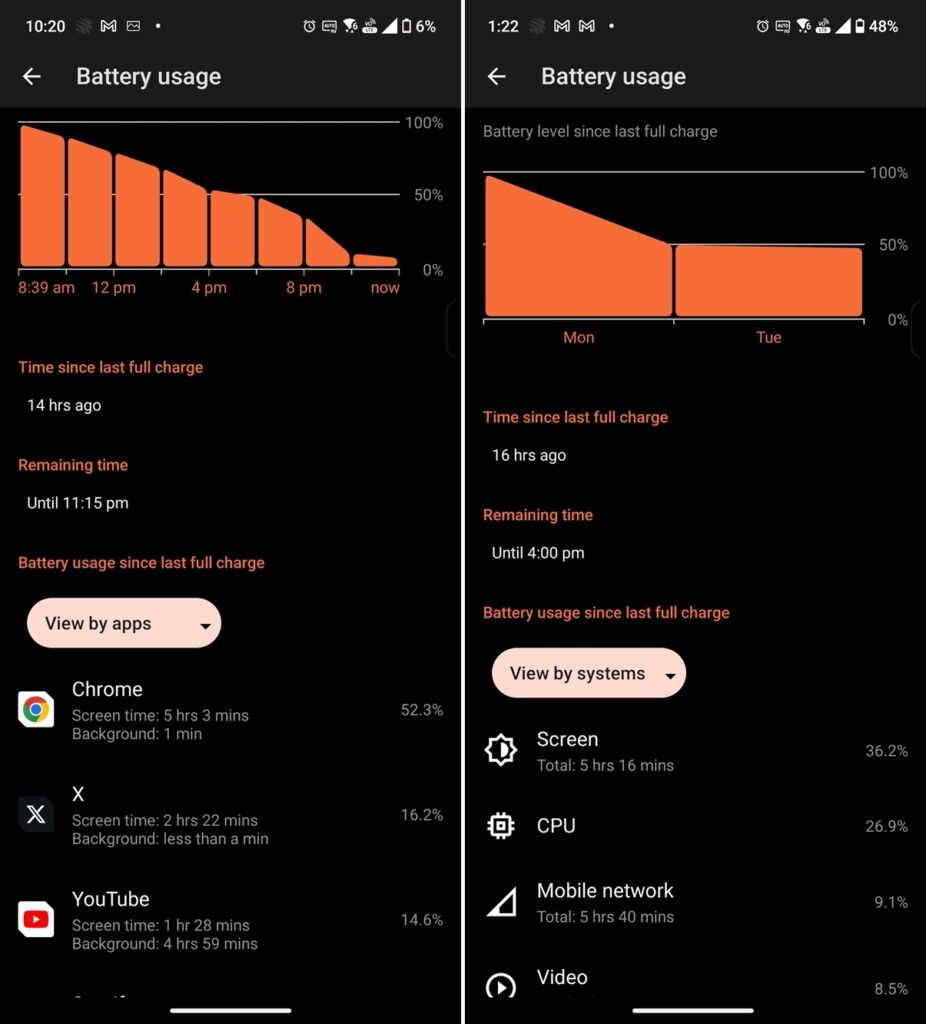
Battery life is about where you’d expect it to be, really. On days that you go really hard with the video streaming, you can end the day with the remaining charge at single-digit percentages. On days with less off that, you can easily end the day with about half left in the tank, but you wouldn’t want to chance the whole of the next day without topping the battery up a bit.
Running the usual video loop test on the ASUS ROG Phone 8, it lasted around 17 hours on average. Charging speed with the provided charger, on the other hand, takes about 50 minutes on average to go from empty to full. Worth noting at this point that all battery related tests are done with the phone being left in the default Dynamic Mode, while synthetic benchmarks are done in X mode, toggleable via Armoury Crate. There is of course the Ultra Durable option if you really want to push the two-day use barrier.
Camera
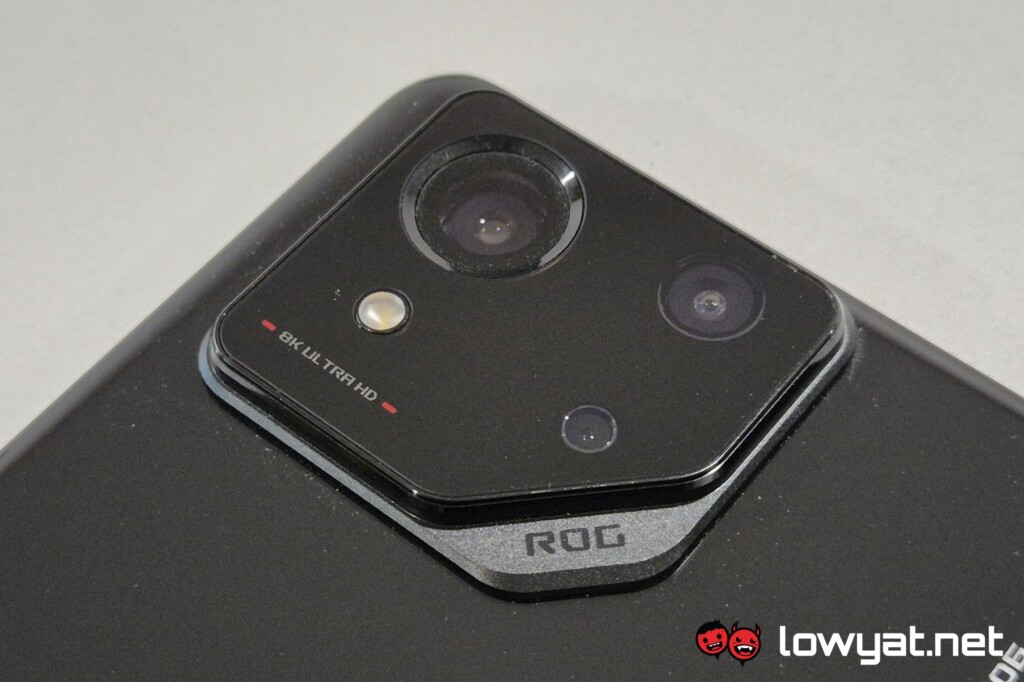
This is probably the second generation in a row where I get to tell you that the ASUS ROG Phone 8 uses the same camera setup as its predecessor, meaning a 50MP main + 13MP wide-angle + 5MP macro shooter at the back. Except, not quite, as the new macro camera has an aperture of f/2.4 as opposed to the f/2.0 of the prior two generations. The main shooter also uses a different sensor, this time the Sony IMX890 over the previous IMX766.
Which is all well and good, but more importantly, the company previously claimed that the imaging on the ASUS ROG Phone 8 is better than every before, in an effort to make the gaming phone more appealing to the general public. On one hand, this claim is not untrue, but on the other, the improvement isn’t by much.

This may be more applicable for the Pro variants – as well as the base model for the international market – which swap out the 5MP macro camera for a 32MP 3x zoom shooter, but for the device that’s in my hands, it’s only about as much an improvement over the ROG Phone 7 as it was to the ROG Phone 6.
Which is to say, the ASUS ROG Phone 8 takes acceptable pictures that are not bad. Colours are generally what it does best even if they tilt towards the vibrant side. But as before, details take a hit the moment you take more than just a glancing look, and more if the sunlight from the outside is less than ideal.
Sample Images
Competition
Redmagic 9 Pro
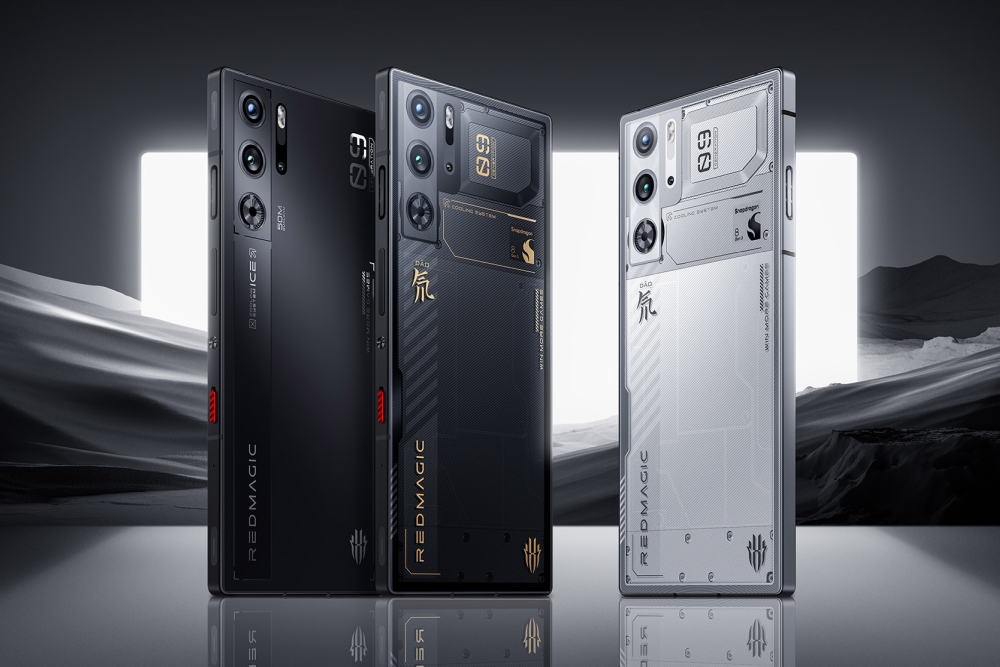
With Black Shark no longer making flagship-tier gaming phones, the Nubia Redmagic line is the only other competitor to the ASUS ROG Phone 8, with the newest member being the Redmagic 9 Pro. It has a 6.8-inch AMOLED 120Hz display, a Qualcomm Snapdragon 8 Gen 3 chipset, up to 16GB of RAM and up to 512GB of storage space.
Its cameras consists of a 50MP main + 50MP wide-angle combo at the back, and a 16MP under-display camera in front. The battery is rated at 6,500mAh with 80W charging. But as this still retains its signature built-in fan for cooling, it doesn’t come with an IP68 rating.
Conclusion
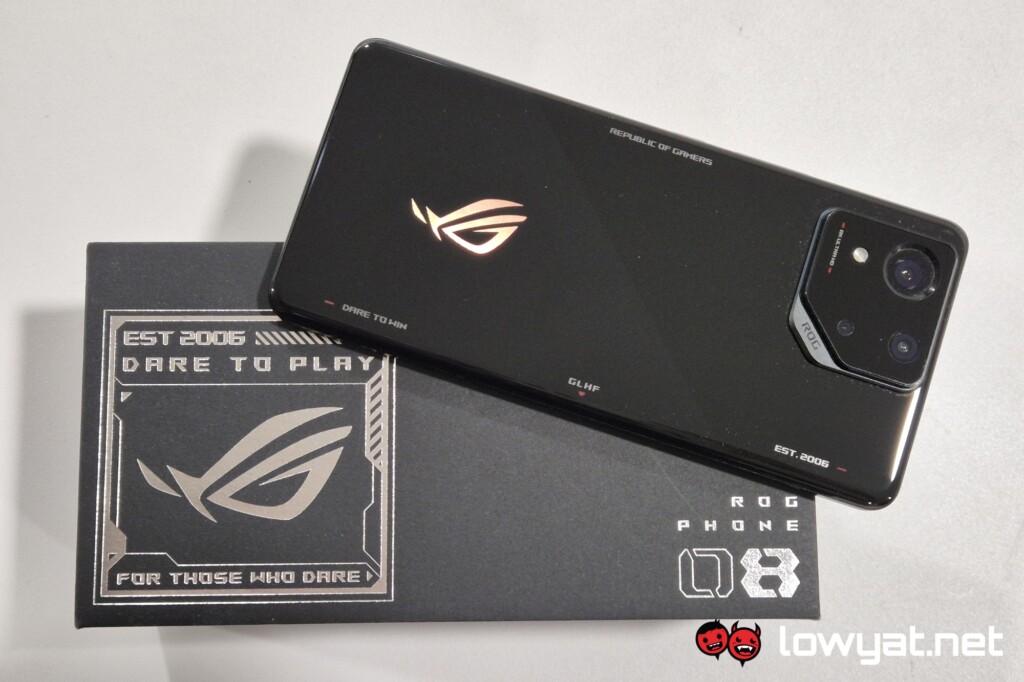
The ASUS ROG Phone 8, then, is a weird phone in a weird spot. It has shed some of its gamer aesthetic, now looking nearly identical to the actual mainstream Zenfone 11 Ultra at a glance. And with the image change, comes compromises in the mobile gaming experience, such as the punch-hole camera cutout, and no more front-facing stereo speakers. But for what it’s worth, I’m of the opinion that the IP68 rating is worth all of those sacrifices.
It’s also a shame that it shares the camera configuration with the previous generation, where the Pro variants – and the base model for the international market – got the arguably more useful optical zoom shooter. In the Malaysian market, that may be a reason to go for those instead of the base model.
Beyond that, and for better or worse, it is now fairer than ever to compare the ASUS ROG Phone 8 to other mainstream flagships, what with its gaming distinction being blurred away. And since many of said mainstream flagships now sport IP68 ratings themselves, you’re really choosing between getting Air Triggers and better cameras.
Follow us on Instagram, Facebook, Twitter or Telegram for more updates and breaking news.


